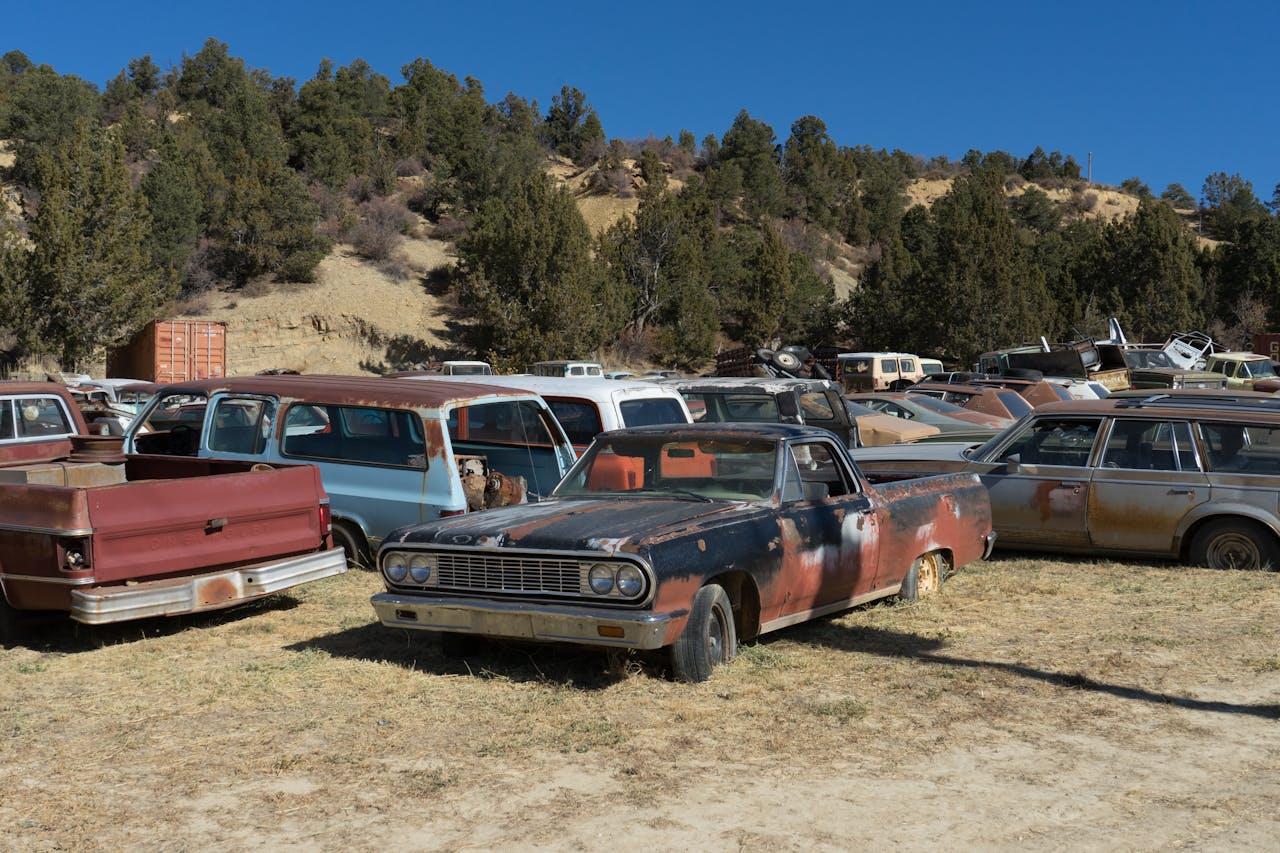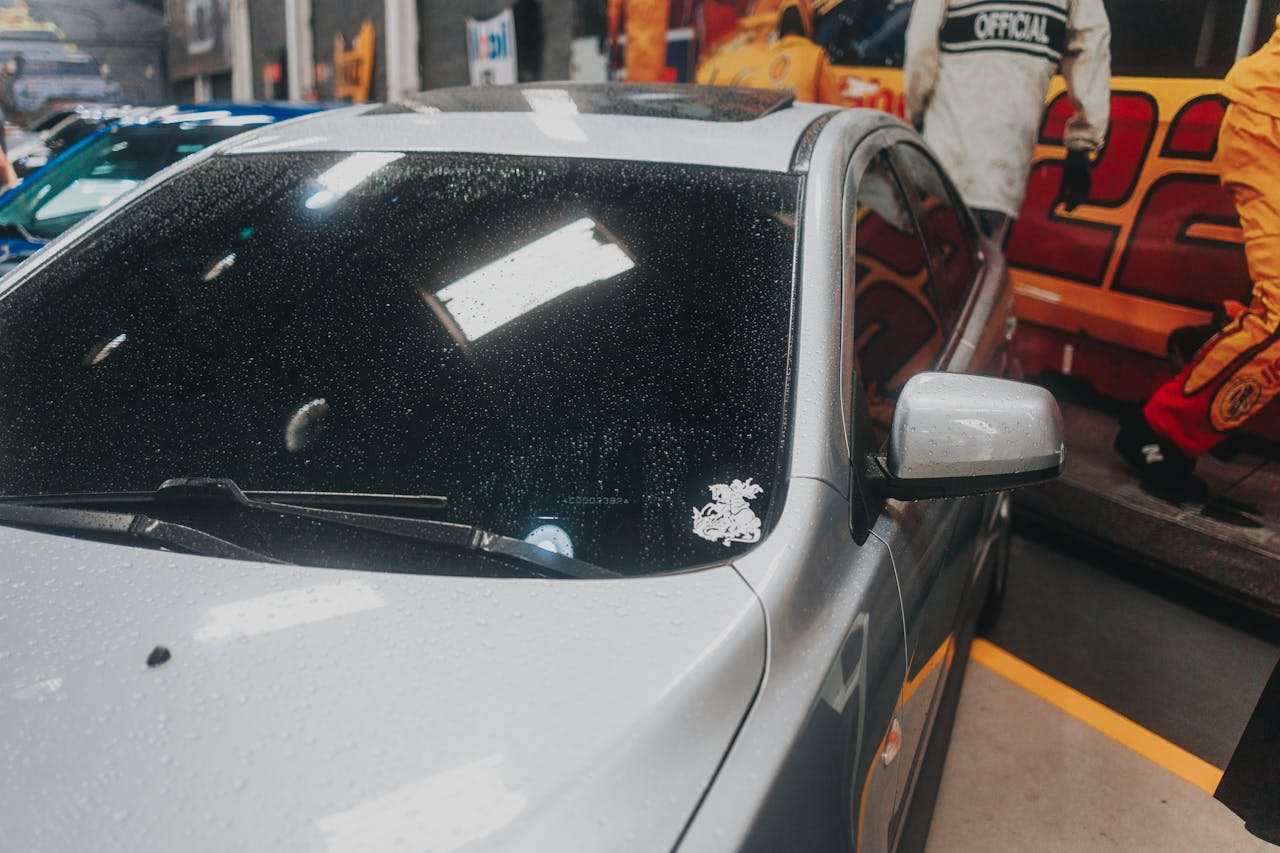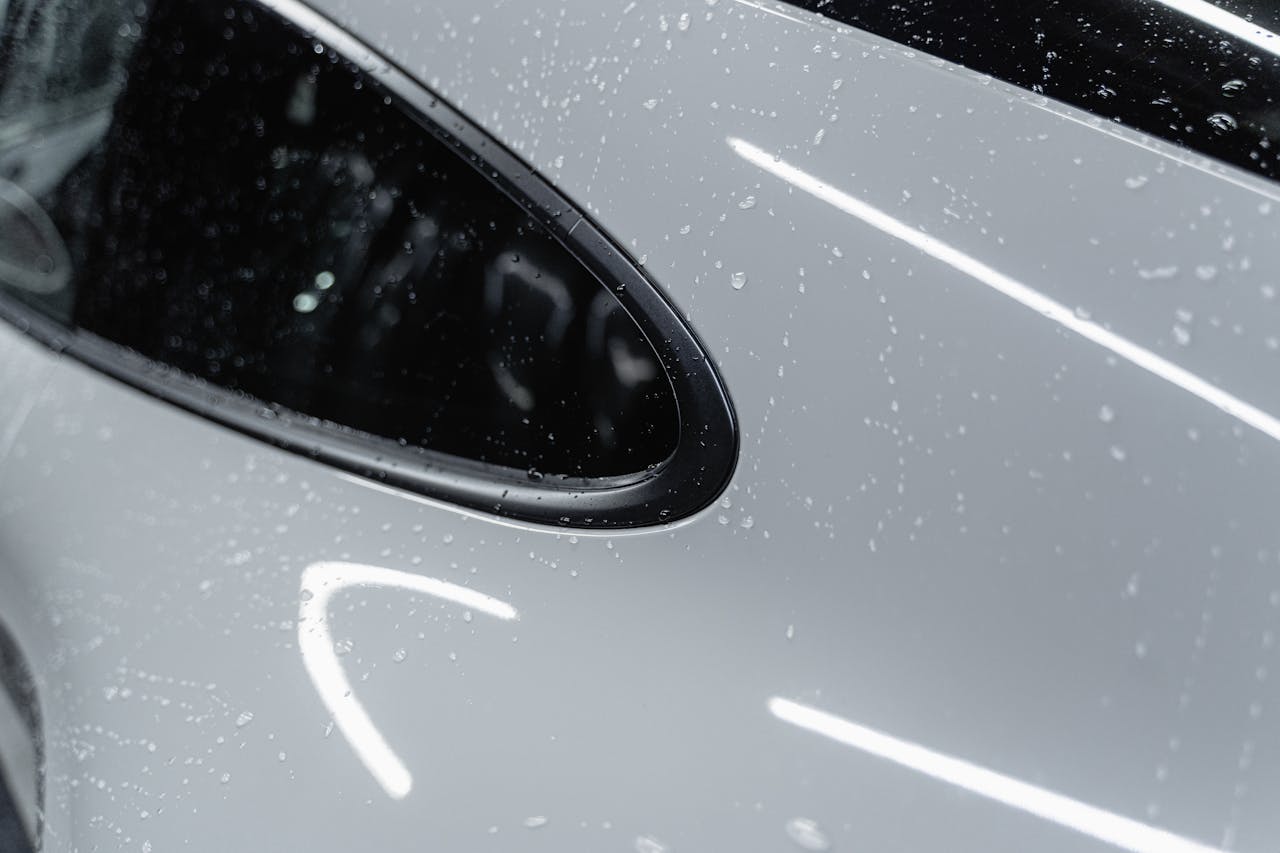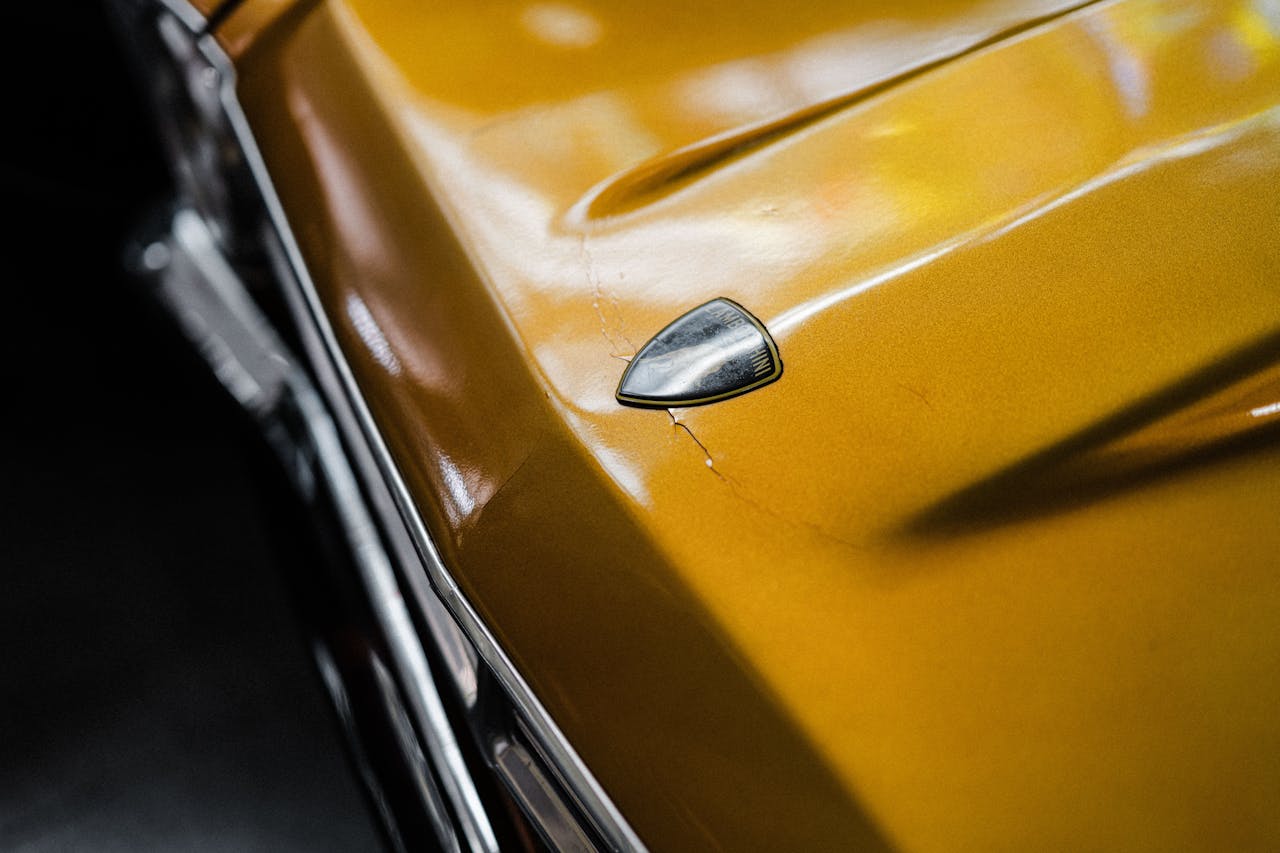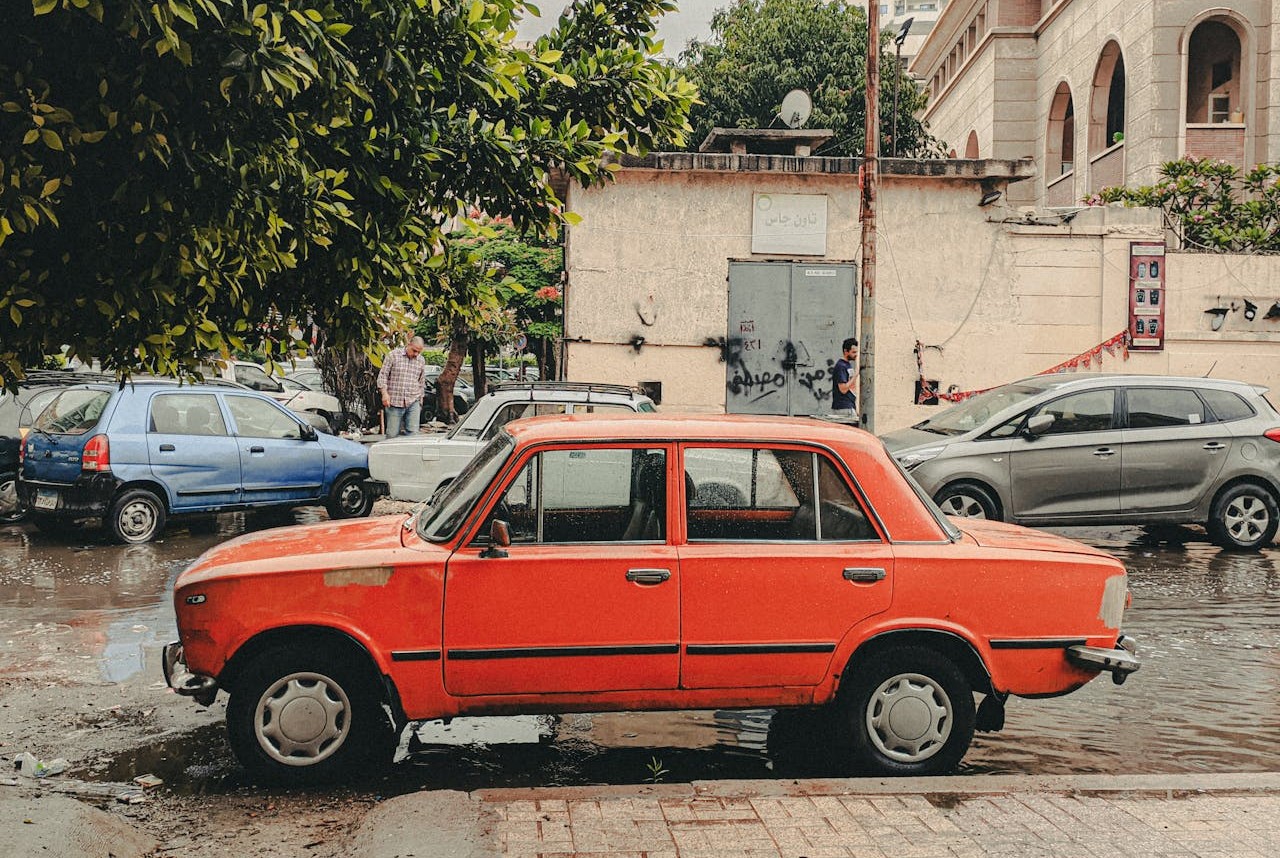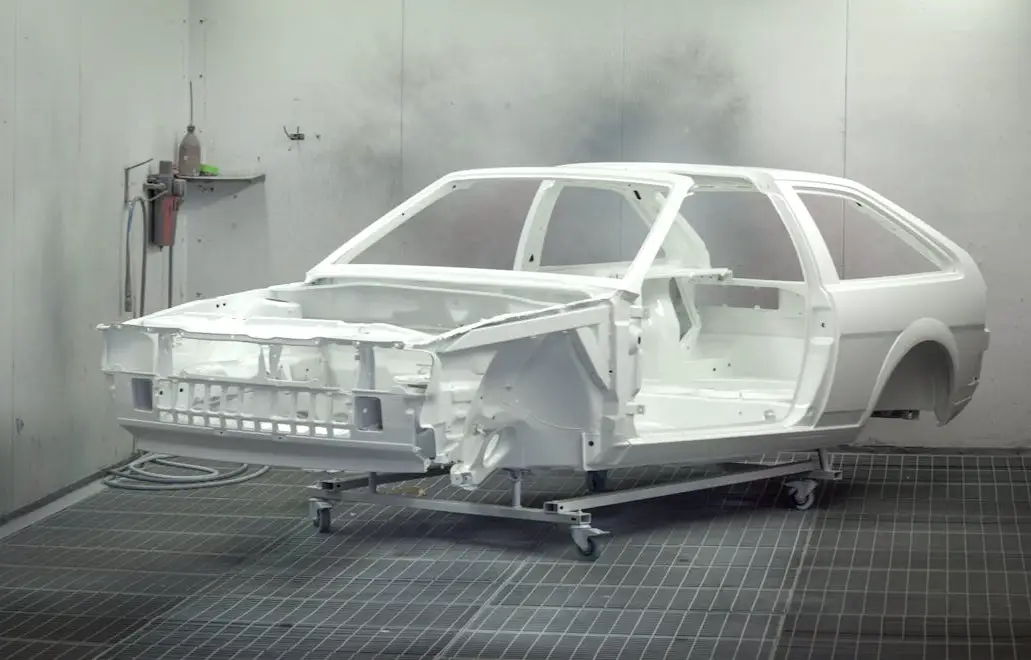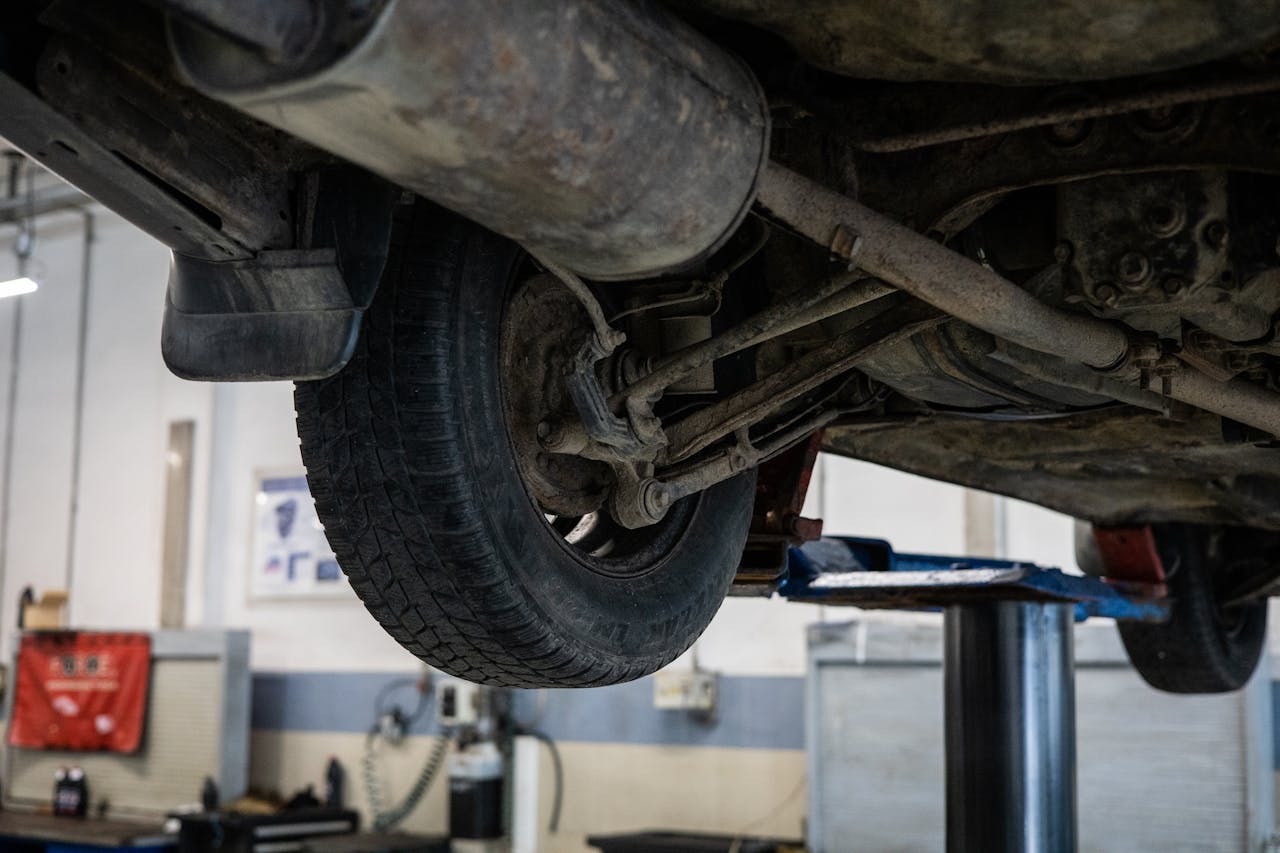Rust is the silent enemy of car owners everywhere. Not only does it compromise the appearance of your vehicle, but it can also weaken structural integrity and lead to costly repairs. While all cars are susceptible to rust, some seem to succumb faster than others. Understanding the factors behind accelerated rusting can help you protect your vehicle and prolong its lifespan. Here are seven reasons some cars rust faster and actionable tips to prevent it.
1. Frequent Exposure to Salt
Cars driven in areas where roads are treated with salt during the winter are at a higher risk of rust. Salt accelerates the chemical reaction that leads to rust by retaining moisture and breaking down protective coatings on metal surfaces. Additionally, coastal areas with salty air can cause similar damage over time. To prevent rust, wash your car regularly during winter months, focusing on the undercarriage where salt tends to accumulate. Applying a high-quality wax or ceramic coating can also create a barrier against salt’s corrosive effects.
Salt doesn’t just harm the metal; it can also damage electrical components and lead to costly repairs. This is why it’s critical to rinse off salt deposits promptly after exposure. Consider installing splash guards to reduce salt buildup in vulnerable areas. Moreover, park your vehicle in a covered area during snowy or rainy days to minimize exposure. Regular attention to these details can save you from substantial repair costs in the long run.
2. Poor Drainage Design
Some cars are more prone to rust due to poor drainage design in their frames and panels. Water and debris can collect in hard-to-reach areas, creating a breeding ground for rust. Over time, these trapped elements eat away at the metal. Regularly inspect and clean your car’s drainage channels, paying special attention to door seals, wheel wells, and sunroof drains. Installing aftermarket drainage solutions or opting for rust-proofing sprays can help minimize this risk.
Water accumulation can be deceptive, as it often starts in areas you rarely see, like inside door sills or under the carpet. Regular inspections after heavy rainfall or car washes can reveal hidden water pockets. For vehicles with sunroofs, clogged drainage tubes can lead to water pooling in the interior, accelerating rust formation. Taking preventative measures like cleaning out drainage channels with compressed air ensures water flows freely and doesn’t linger.
3. Low-Quality Protective Coatings
The type and quality of the protective coating applied to a car’s paint and underbody significantly affect its resistance to rust. Cheaper coatings or inadequate applications can wear off quickly, leaving the metal exposed to moisture and oxygen. Manufacturers often use varying levels of rust prevention in their production processes, so vehicles with lower-grade coatings are at a disadvantage. To safeguard your car, consider investing in professional rust-proofing treatments or reapplying protective coatings every few years to ensure optimal protection.
Protective coatings also help maintain your vehicle’s aesthetic appeal by preventing discoloration caused by rust stains. For those living in areas prone to extreme weather, periodic reapplications of rust-proofing treatments ensure continued protection. DIY rust-proofing kits are also available, but professional treatments often provide better coverage and durability. The upfront cost of quality coatings pales in comparison to the expense of replacing rust-damaged panels.
4. Neglected Chips and Scratches
Even minor chips and scratches can be a gateway for rust to form, especially in areas with high humidity or frequent rain. Once the protective paint layer is compromised, moisture can penetrate and corrode the metal beneath. This is why some cars seem to rust faster—owners may overlook or delay addressing these small damages. Make it a habit to touch up scratches and chips promptly using touch-up paint or rust-inhibiting primers. Regularly inspecting your car’s exterior for damage can help you catch potential rust spots early.
While chips and scratches are inevitable, proactive care can make a significant difference. Carry a small bottle of touch-up paint in your car’s color to quickly address minor damage. For deeper scratches that expose bare metal, apply a rust converter before painting to halt the corrosion process. Protecting your car from scratches by using car covers or avoiding tight parking spaces can also minimize damage over time.
5. Environmental Factors and Climate
The environment in which your car spends most of its time plays a significant role in its susceptibility to rust. Vehicles in humid or rainy climates are more likely to develop rust because moisture lingers on surfaces. Additionally, constant exposure to UV rays can degrade protective coatings, making the car more vulnerable. To combat environmental factors, store your vehicle in a garage or use a high-quality car cover. Investing in a dehumidifier for your garage or parking area can also reduce moisture levels and slow the rusting process.
Weather patterns also dictate how often you should clean your car. In wet climates, regular washing prevents grime buildup, while in sunny regions, waxing offers extra UV protection. For drivers in flood-prone areas, ensuring your car is thoroughly dried after water exposure is critical. Environmental awareness helps you adjust your care routine to best suit your vehicle’s needs.
6. Inferior Material Quality
Some cars rust faster because they are made with lower-grade steel or less corrosion-resistant materials. While modern vehicles often include galvanized steel, which is coated with a layer of zinc to resist rust, not all manufacturers use the same quality standards. Older cars or budget-friendly models may lack adequate rust protection. If you own such a vehicle, take extra steps to prevent rust, such as applying undercoatings, waxing regularly, and avoiding prolonged exposure to wet conditions.
Vehicles with inferior materials often require more frequent inspections and maintenance to prevent rust. For example, applying rubberized undercoatings can provide a flexible barrier that protects against moisture and road debris. Additionally, knowing your vehicle’s make and model allows you to research common rust-prone areas and focus your preventive efforts there.
7. Inconsistent Maintenance Habits
A car that receives inconsistent or inadequate maintenance is far more likely to develop rust than one that is well cared for. Dirt, leaves, and grime can trap moisture, accelerating the rusting process. Additionally, ignoring routine washes and failing to address potential rust spots can lead to significant damage over time. To protect your vehicle, establish a regular maintenance routine that includes washing, waxing, and inspecting for early signs of rust. Pay special attention to the undercarriage, which is often overlooked but highly susceptible to corrosion.
Regular maintenance doesn’t have to be time-consuming. Simple habits like rinsing your car after driving through puddles or parking away from damp, shady areas can make a difference. Investing in tools like a pressure washer or foam cannon ensures thorough cleaning, especially in hard-to-reach places. Consistency in these efforts will pay off in preserving your car’s condition.
Final Thoughts
Understanding the factors that cause some cars to rust faster can empower you to take proactive measures to protect your investment. By addressing these seven common issues and following preventive maintenance tips, you can extend the life of your vehicle and keep it looking great for years to come. Don’t wait until rust becomes a visible problem—start protecting your car today!
By implementing these insights, you can stay ahead of rust-related issues and ensure your car remains safe, reliable, and attractive for years to come. Stay diligent and proactive, and your vehicle will thank you!

